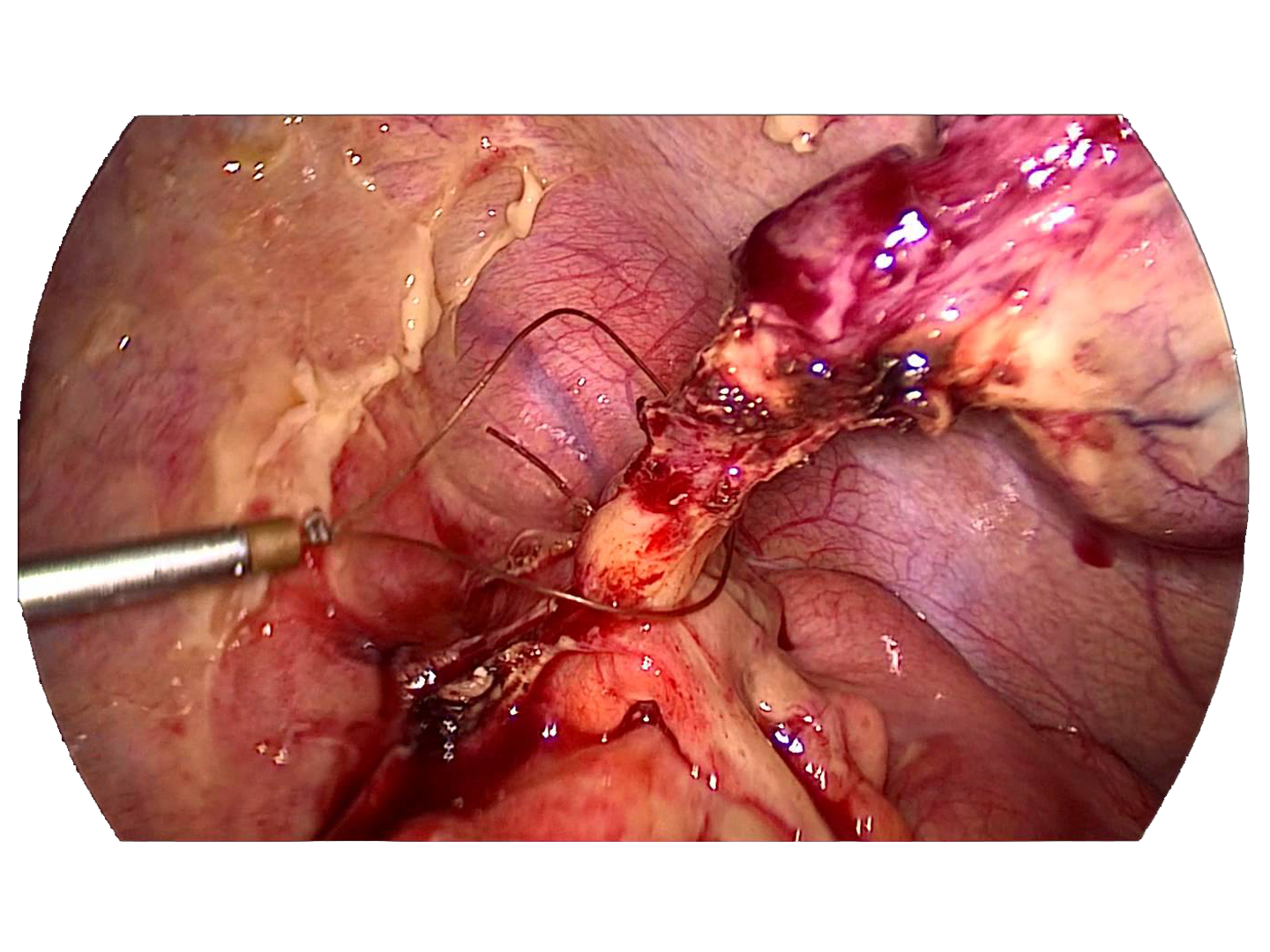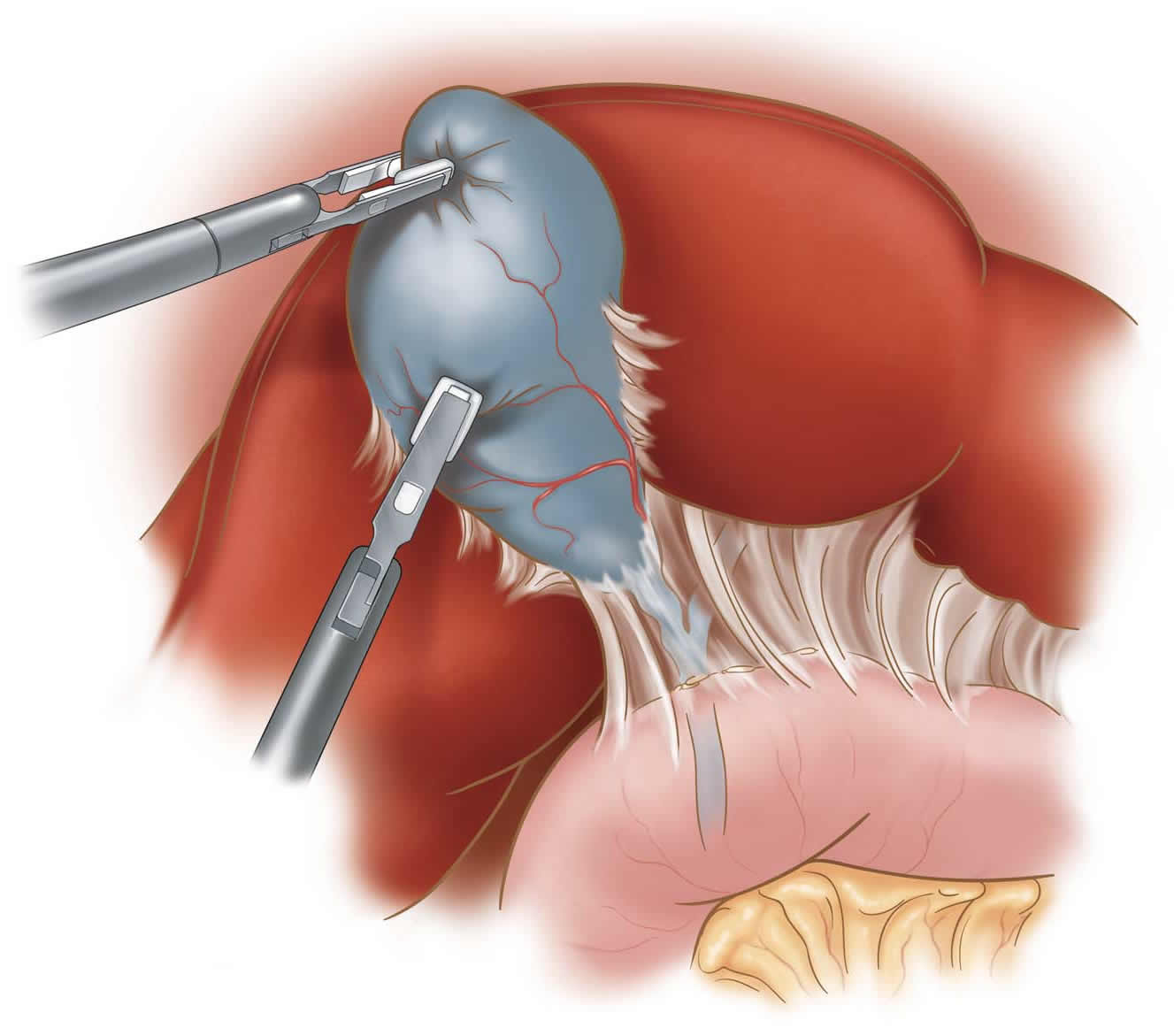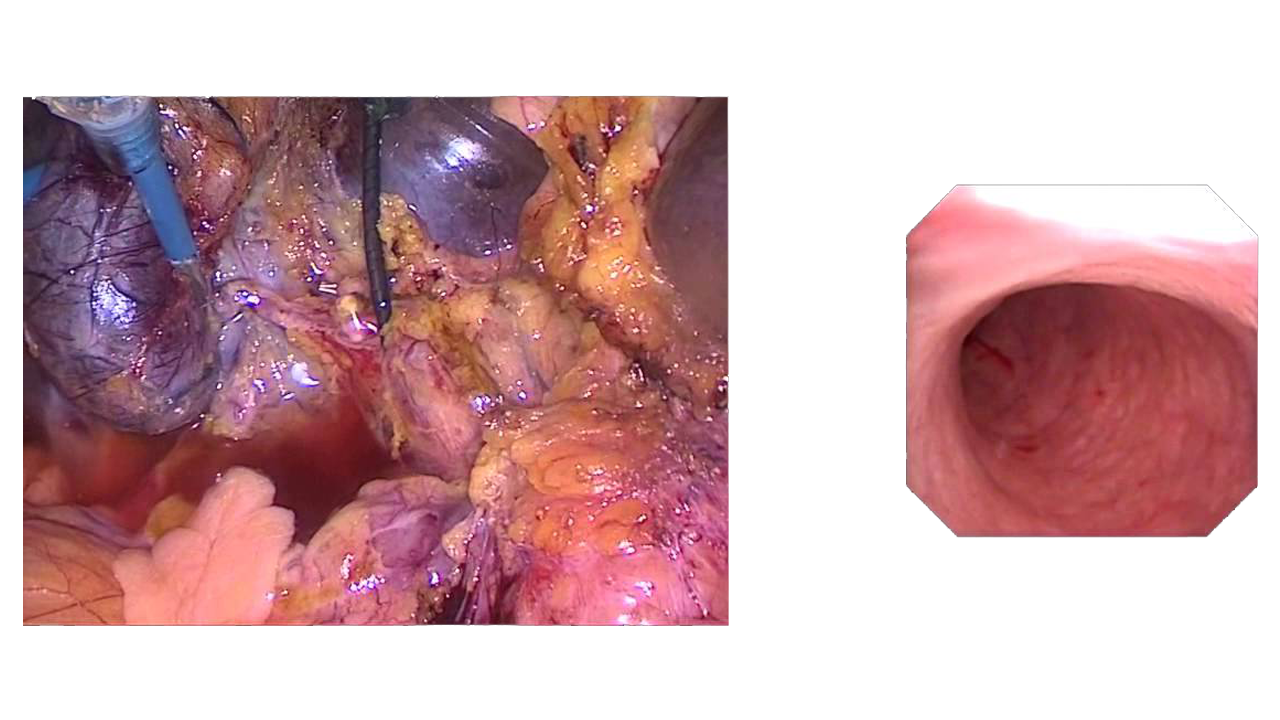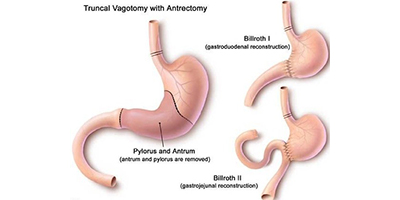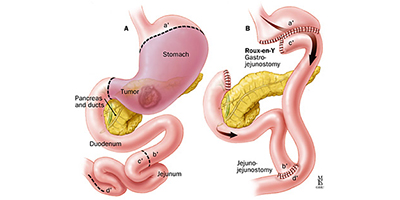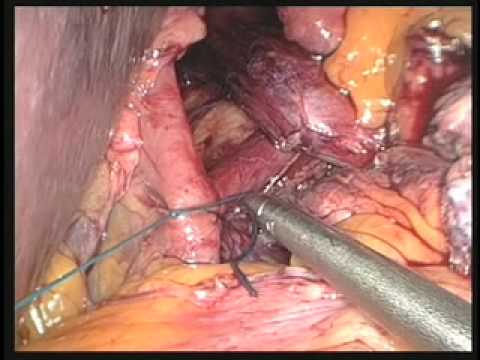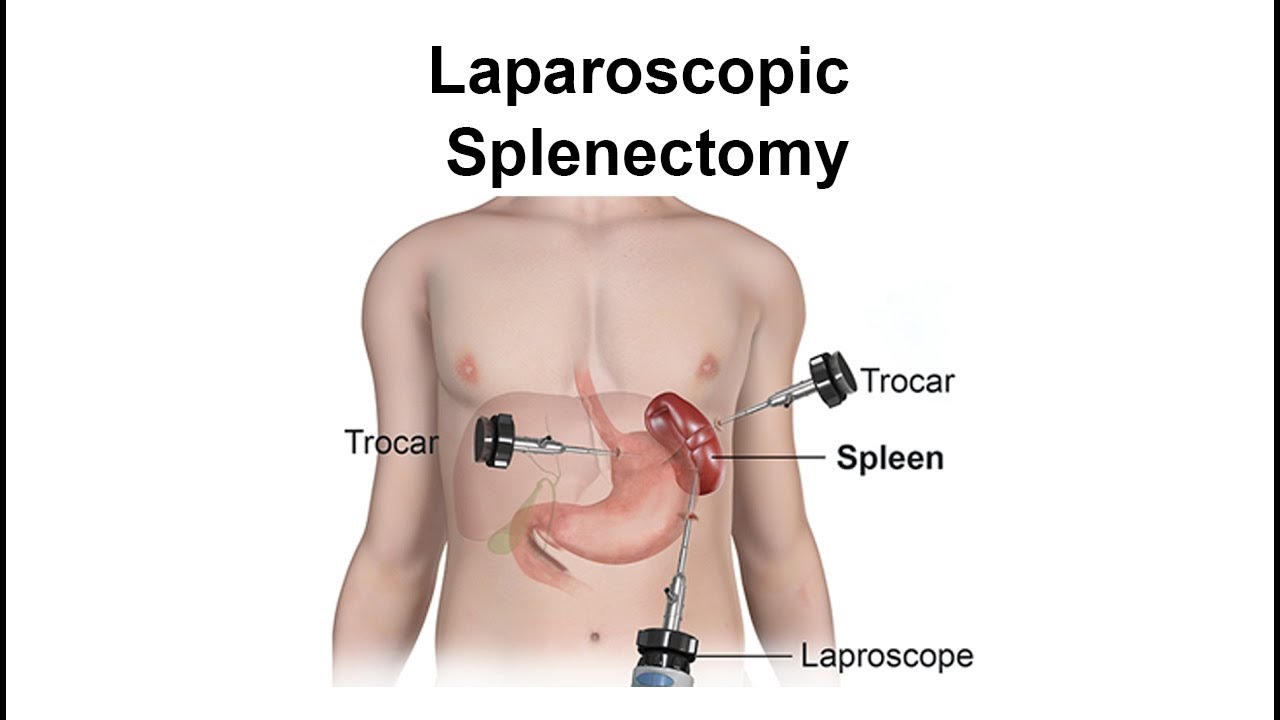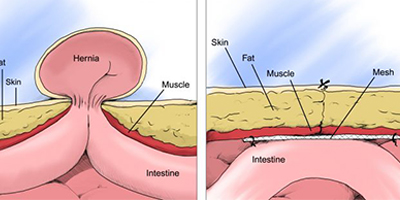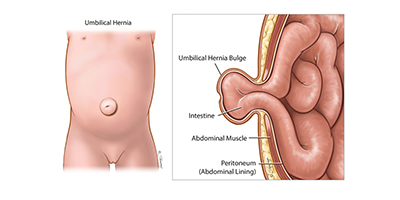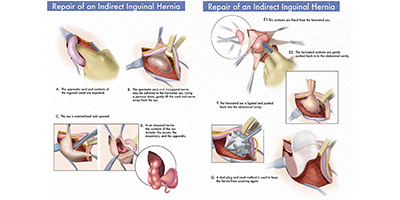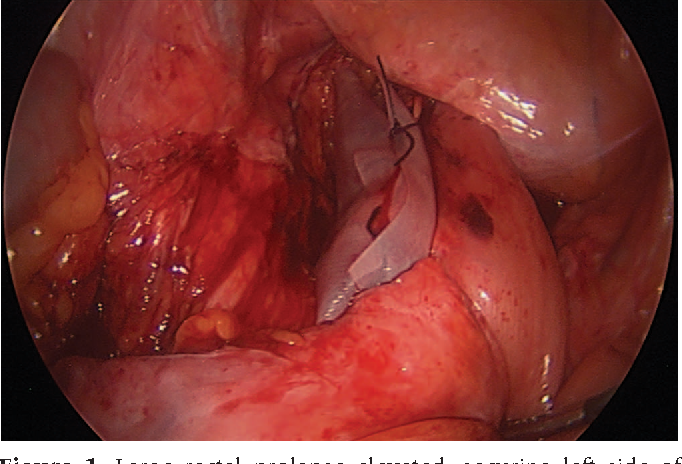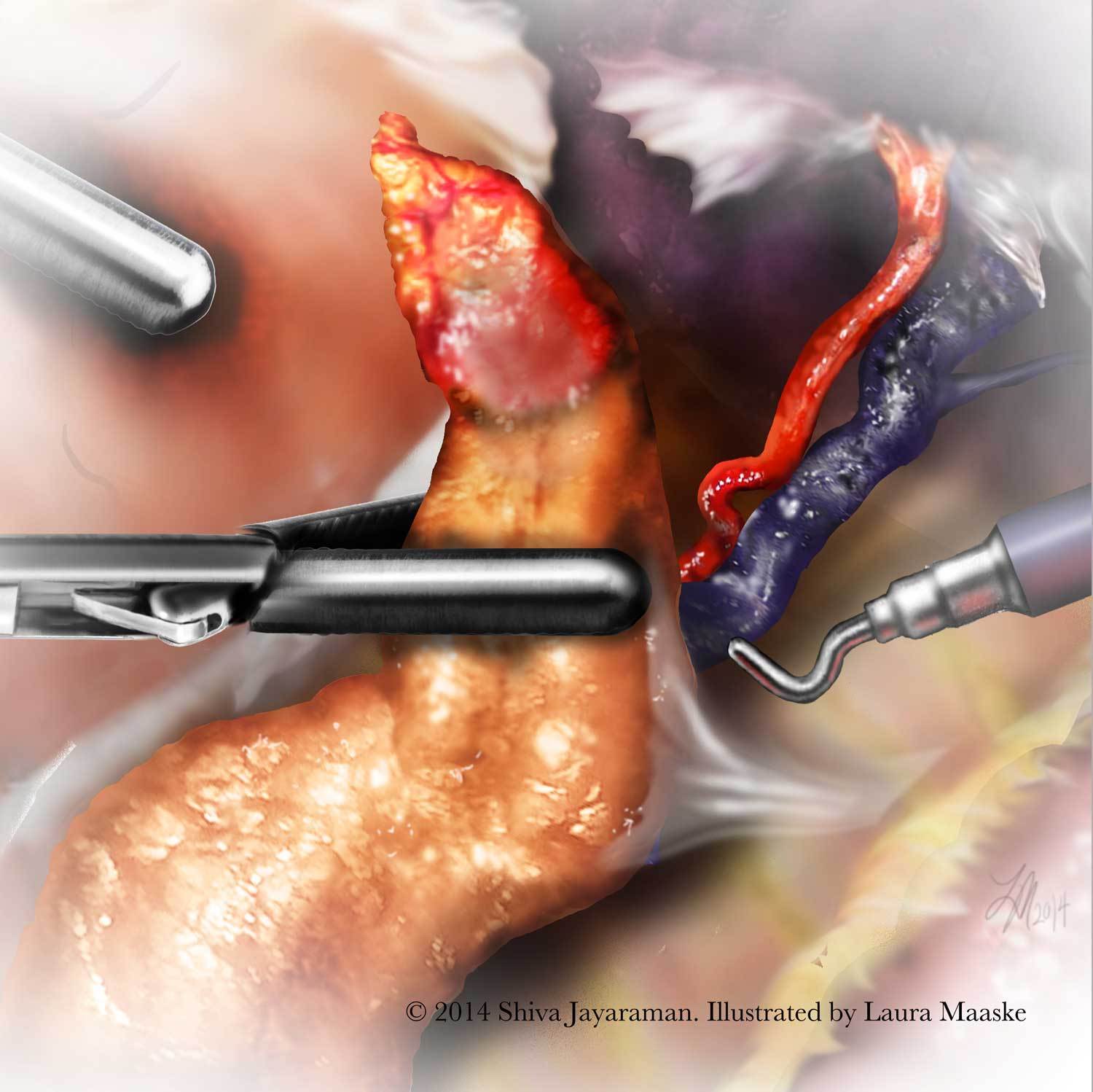Advantages of Laparoscopic Surgery
The advantages of laparoscopic surgery include:
- Faster Recovery
- Less Pain
- Low Blood Loss
- Less visible scars
Imagine a doctor says – ” you have to undergo surgery”, things which strike your mind are pain, ugly scars and the question ` When can I return to work?’ No more worries. We are in the era of Laparoscopy (minimally invasive surgery). Laparoscopic surgery has grown to such an extent that things formerly considered impossible are possible now.
Laparoscopic surgery is also known as “keyhole surgery”, as no large cut is made. This is a mode of surgery, which is performed through small holes created in the abdominal wall. The telescope, which is used to visualise organs inside the body, is passed inside the tummy via the navel. The tummy is distended with a gas to make more room. Picture images of the abdominal organs can be viewed on a TV screen. It gives visualization and clarity of the internal organs better than that of conventional surgery since the image is magnified. Two or three small pencil-like instruments are passed on the sides along with it to perform the procedure.
It is virtually painless and cosmetic (skin marks 1 cms or lesser). Your hospital stay is very much reduced so that you can walk home early. Infections and complications are substantially reduced and above all, the trauma of the operation is minimal. There isn’t much restriction in games or sports after surgery
Initially started in adults to remove gallstones, the technique is now successfully being used for surgeries of other organs in the tummy like Gullet, Stomach, Spleen, Liver, Pancreas, Small and large bowels, Uterus, Kidneys and Major Blood vessels. It is usually done under general anesthesia.
Lack of awareness, inadequately trained surgeons and improperly informed patients are the major problems associated with Laparoscopy, especially in our state. People stay away from the procedure thinking that it’s very expensive. But they don’t realize that though the technique is expensive, the over all cost is not when the short hospital stay and early return to work are taken into consideration
Patients often think that with Laparoscopic surgery, the treatment they are getting is sub optimal when compared to open surgery. That is not true. The surgeon can do a better job utilising the magnified image on the screen. Moreover the video images of the surgical procedure can be recorded and reviewed later if any need arises
Lot of studies are there in the world literature favoring Key-hole surgery for even cancer. Studies have shown that your surgeon can remove the abdominal cancer better by Laparoscopic surgery, than by the conventional surgery. In a case of cancer of the liver, Laparoscopic surgery can remove specified part of the liver affected by the disease with minimal blood loss.
Laparoscopic surgery for obesity is an area, which is evolving very fast. You don’t need to exercise a lot; you can reduce your overweight by taking a key-hole surgery
Though we are living in an era of robotic surgery, and though dedicated surgeons are trying to bring that technology within our reach, our patients are still reluctant to accept and utilise it because of myths and misconceptions existing in our society. Laparoscopic surgery is fast catching on. Let us hope for a new era where with the acceptance of Laparoscopic surgery people will start taking up surgery with a smile, without any apprehension
Dr Phani krishna has pioneered in the following surgical procedures:
Laparoscopic Appendicectomy
An appendicectomy (or appendectomy) is the surgical removal of the vermiform appendix. This procedure is normally performed as an emergency procedure, when the patient is suffering from acute appendicitis. Appendicectomy may be performed laparoscopically or as an open operation. Laparoscopy is often used if the diagnosis is in doubt, or if it is desirable to hide the scars in the umbilicus or in the pubic hair line.
Laparoscopic Cholecystectomy
Cholecystectomy is the surgical removal of the gallbladder. Despite the development of non-surgical techniques, it is the most common method for treating symptomatic gallstones, Surgery options include the standard procedure, called laparoscopic cholecystectomy, and an older more invasive procedure, called open cholecystectomy. A cholecystectomy is performed when attempts to treat gallstones with ultrasound to shatter the stones (lithotripsy) or medications to dissolve them have not proved feasible.
Laparoscopic CBD Exploration
Common Bile Duct is a tubular structure connecting hepatic duct to the intestine. Obstruction of the bile duct with stones can cause jaundice with fever and chills. Conventional open surgery for retrieval of the stones is the common procedure done in most of the centers.
If facility like ERCP is available, these stones can be removed as two staged procedure without opening the abdomen.
Laparoscopic CBD exploration is a technically demanding single stage surgery, which requires sophisticated instruments like Choledochoscope. Our centre is one of the few centers where these facilities are available. The patient needs to stay in the hospital just for 3 days.
Laparoscopic Hiatus hernia repair
A hiatus hernia or hiatal hernia is the protrusion (or herniation) of the upper part of the stomach into the thorax through a tear or weakness in the diaphragm. The symptoms include acid reflux, and pain, similar to heartburn, in the chest and upper stomach. The surgical procedure used is called Nissen fundoplication. In fundoplication, the gastric fundus (upper part) of the stomach is wrapped, or plicated, around the inferior part of the esophagus, preventing herniation of the stomach through the hiatus in the diaphragm and the reflux of gastric acid. The procedure is now commonly performed laparoscopically. With proper patient selection, laparoscopic fundoplication has low complication rates and a quick recovery.
Laparoscopic Vagotomy & drainage procedures
This procedure is done for Chronic Duodenal Ulcer with scarring causing obstruction of stomach. The patient needs to stay in the hospital just for 4 days.
Laparoscopic Cardiomyotomy
Achalasia Cardia is a condition causing constriction at the junction of the esophagus (Gullet) with stomach. If conventional method is adopted, both chest and abdomen may have to be opened to relieve the obstruction.
Laparoscopic Palliative gastro jejunostomy
This procedure is mainly done for patients with stomach cancer causing obstruction of the food path.
Laparoscopic GJ includes either utilization of stapler or hand-sewn method of doing a bypass above the level of obstruction to direct the food to the intestine. This procedure is done only if the stomach cancer is not removable.
Laparoscopic DU perforation closure
It is an emergency situation where there occurs a hole in the proximal part of intestine. Spillage of food particles outside the intestine causes severe pain with collection of pus in the abdominal cavity.
Laparoscopic surgery can effectively manage the situation by closing the perforated part and cleaning the abdominal cavity.
Laparoscopic Cholecysto – jejunostomy
It is a palliative procedure done for jaundice due to obstruction to the flow of bile by cancer. Cholecysto-jejunostomy can be performed laparoscopically if one cannot remove the cancer as a whole.
Laparoscopic Cysto – jejunostomy
This is done for pseudocysts of the pancreas, which is a sequelae of pancreatitis. Symptoms like severe back pain and upper abdominal pain can be eliminated by this procedure.
Laparoscopic Splenectomy
A splenectomy is a procedure that involves the removal of the spleen by operative means. The spleen, similar in structure to a large lymph node, acts as a blood filter. Current knowledge of its purpose includes the removal of old red blood cells and platelets, and the detection and fight against certain bacteria. It’s also known to create new blood cells. The spleen is enlarged in a variety of conditions such as malaria, mononucleosis and most commonly in “cancers” of the lymphatics, such as lymphomas or leukemia. In general, spleens are removed by laparoscopy (minimal access surgery) when the spleen is not too large and when the procedure is elective.
Laparoscopic Epigastric hernia repair
An epigastric hernia is a hernia in the epigastric region of a human.It commonly is found in babies. In such cases there is a small defect in the rectus abdominis muscles. This allows tissue from inside the abdomen to herniate anteriorly.The appearance is of a ‘bubble’ under the skin of the baby’s bellyThe ‘bubble’ can be ‘reduced’ (pushed back in), and will reappear if the baby coughs or strains.
It can be surgically corrected, although the operation is done almost entirely for cosmetic reasons. In general, any laproscopic operation that is proposed on a baby will be delayed until the baby is older, and better able to tolerate anaesthesia.
Laparoscopic Incisional hernia repair
An incisional hernia occurs when the area of weakness through which the hernia occurs, is the result of an incompletely healed surgical wound. These can be the most frustrating and difficult hernias to treat! These hernias present as a bulge or protrusion at or near the area of the prior incision scar. Virtually any prior abdominal operation can subsequently develop an Incisional Hernia at the scar area, including those from large abdominal procedures (intestinal surgery, vascular surgery), to small incisions (Appendectomy, or Laparoscopy). These hernias can occur at any incision, but tend to occur more commonly along a straight line from the breastbone straight down to the pubis, and are more complex in these regions. Hernias in this area have a high rate of recurrence if repaired via a simple suture technique under tension and it is especially advised that these be repaired via a TENSION FREE repair method using mesh.
Laparoscopic Umbilical hernia repair
It is a defect at the level of the umbilicus through which the intestines bulge out. With tension free 'mesh' repair umbilical hernia can be effectively managed laparoscopically.
Laparoscopic Inguinal hernia repair
Laparoscopy is the ‘Gold Standard’ for bilateral hernia and recurrent hernias. This includes repair of the inguinal area with mesh. The recurrence rate with laparoscopic mesh repair is almost zero percentage.
Laparoscopic Lap. Assisted colectomy
This procedure is mainly done for colon cancer. The radicality and extent of the surgery is not compromised while doing a laparoscopic procedure.
Laparoscopic Lap. Anterior Resection
This procedure is done for cancer of the rectum. Anterior Resection by conventional method is a complex procedure involving removal of the cancer with adjacent tissues.
Nowadays Laparoscopic Anterior Resection is becoming the Gold Standard for rectal cancer because the procedure does not compromise on removing the whole cancer with adjacent tissues.
Our centre is one of the few centers in India where Ultra Low Anterior Resection is done laparoscopically with good results. Ultra Low Anterior Resection is done for very low rectal cancers where the anal sphincter mechanism is preserved so that the patient can pass motion through the natural path.
Laparoscopic Lap. APR
This is done for cancer involving the anal canal and sphincter mechanism where the preservation of the natural orifice may jeopardize the longevity of the patient.
Laparoscopic abdominoperineal resection can be done for such type of cancers especially when the patient is not fit for open surgery.
Laparoscopic Lap. Rectopexy
This is done for full thickness prolapse of the rectum. Laparoscopically it is done by dissecting the perirectal area and fixing the rectum upwards.
Laparoscopic Lap. Distal Pancreatectomy
It is done for benign tumors of the tail part of the pancreas. With the aid of laparoscopic ultrasound the surgeon can decide the margin and can avoid a big scar.

